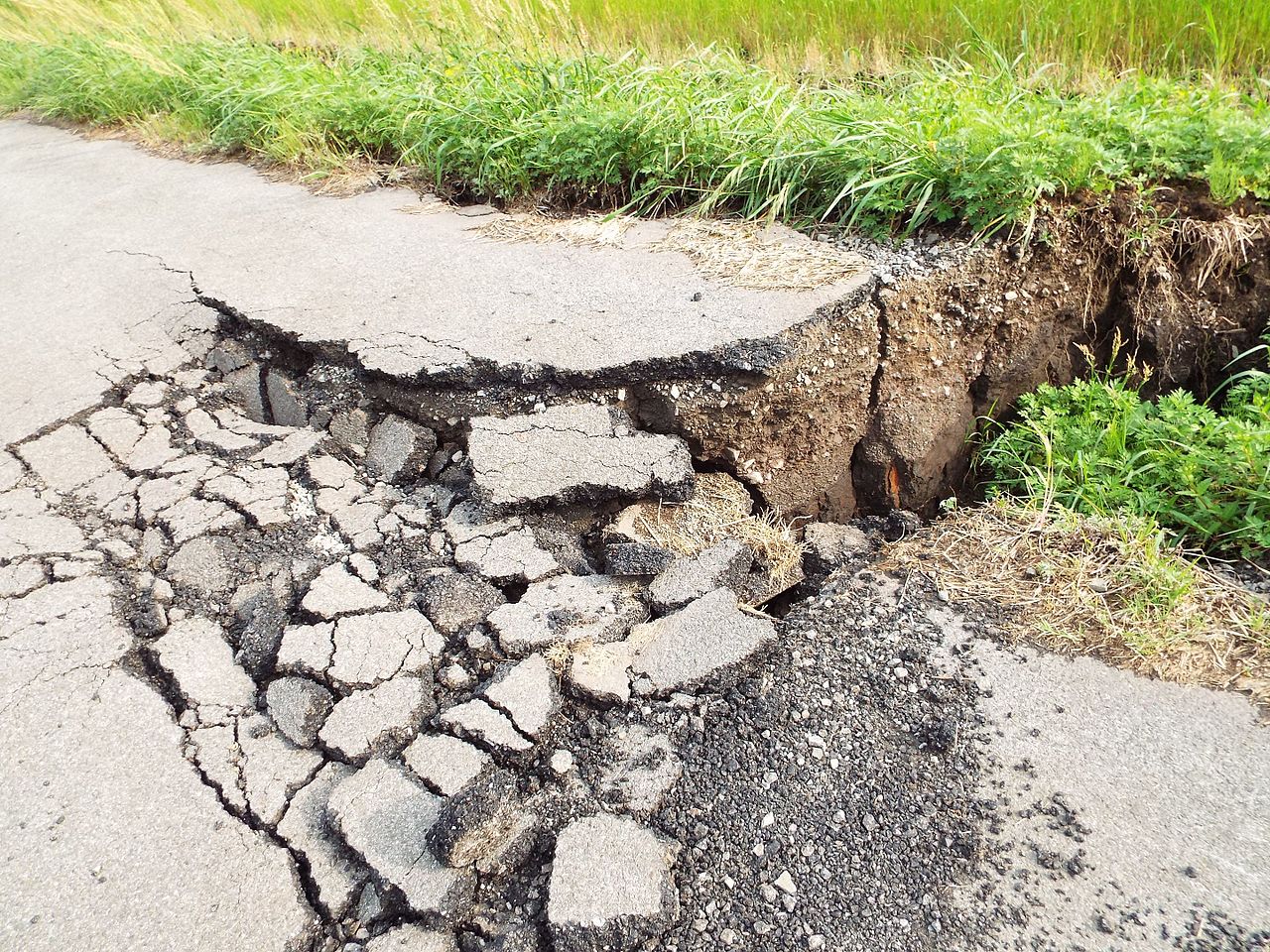The Karnataka State Natural Disaster Monitoring Centre has said the earthquakes are of low intensity, and people need not worry.

According to the National Centre of Seismology data, Earthquakes with low intensity have been reported in the districts of Hassan, Kodagu, Dakshina Kannada, Kalaburagi and Bidar. (Representational Image/Creative Commons)
As the month of August got underway, a series of low-intensity earthquakes triggered worries and fear among the people of Karnataka — especially those living in Vijaypura and surrounding districts — of a massive one in the state that could affect thousands of lives in the state and neighbouring ones.
In the last few days, three low-intensity earthquake tremors measuring 2.6-3.9 on the Richter scale were felt in the Vijaypura district alone.
The first tremor hit on the evening of Thursday, 25 August. The second earthquake, measuring 3.9 on the Richter scale, occurred at 2:21 am on Friday. The epicentre was 2.4 km from the Kavalagi village at a depth of 10 km.
The third earthquake was recorded at 7 am the same day, and its epicentre was 1.8 km from Kavalagi at a depth of 10 km. The recorded magnitude was 3.7.
The Karnataka State Natural Disaster Monitoring Centre (KSNDMC) claimed that the earthquakes were of low intensity and people didn’t need to worry.
However, people living in the region fear major mishaps as they have felt at least 11 tremors in August alone.
According to data from the National Centre of Seismology, low-intensity earthquakes have been reported in the districts of Hassan, Kodagu, Dakshina Kannada, Kalaburagi, and Bidar in August.
As per the data, a total of 21 moderate-intensity tremors were recorded in the state in 2020-2021.
The data states that out of these, 18 occurred in Northern Karnataka and three in Southern Karnataka.
A team of KSNDMC geologists, led by Scientific Officer S Jagadeesh, was rushed to the district by the state government to find the reasons behind the frequent tremors.
The team installed seismometers and established a temporary seismic station at an isolated place in the district to study the causes of the recent earthquakes.
Jagdeesh has since attributed the recent heavy rains as one of the main factors for the increase in earthquakes in the region.
He told reporters: “The region has been dry for a very long time. The excessive rains during the monsoon season in the last three years led to several chemical reactions in the earth’s crust.”
Jagdeesh added, “Automatic seismic activity has been triggered anywhere between five and 10 km as rock formations have been disturbed and are adjusting to fresh water.”
The scientific officer added that the district falls under Zone-II and Zone-III under the seismic-zonal category in India, suggesting low-intensity earthquakes will occur here.
“People living in the area don’t have to worry as there is a minimal chance of a high-intensity earthquake, and the tremors are likely to go with the end of monsoon,” Jagdeesh added.
Bengaluru-based geologist Srinivasa Reddy told South First, “Hydro-seismicity triggers earthquakes due to pore fluid pressure perturbations induced by hydrological events.”
He added that there was heavy water pressure on the ground due to water accumulation in reservoirs and dams.
The geologist added, “Regions with reservoirs, large river streams, and dams are prone to tremors, and the possibility of tremor occurrence is high during the monsoon season.”
In June, the state government formed a team of experts to study the reasons behind the frequent low-intensity earthquakes. This team was led by former KSNDMC GS Srinivasa Reddy.
He along with his team camped in Kodagu to study the reasons behind the recent low-intensity earthquakes.
Reddy told South First, “The team tried to explore a direct relationship between high rainfall in the region and frequent earthquakes in the area. We have submitted a report of our findings to the government, but a more detailed analysis and inputs are required.”

Apr 26, 2024

Apr 25, 2024

Apr 25, 2024

Apr 25, 2024

Apr 25, 2024

Apr 25, 2024